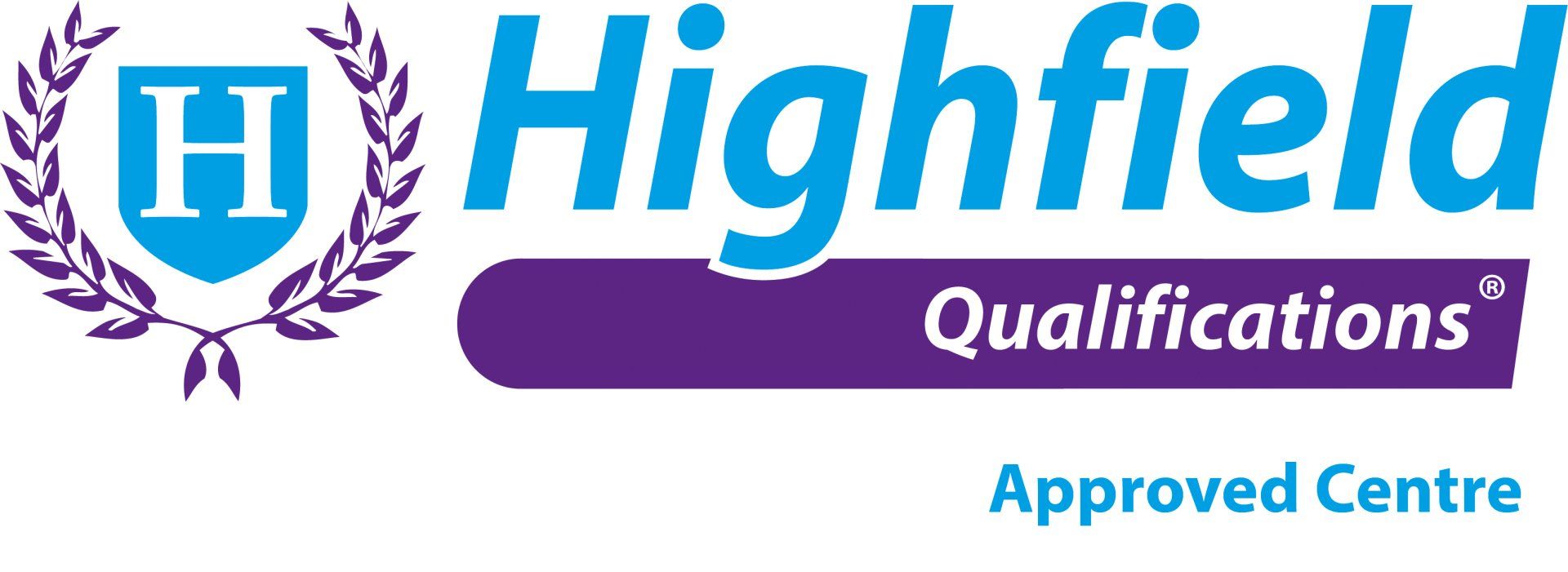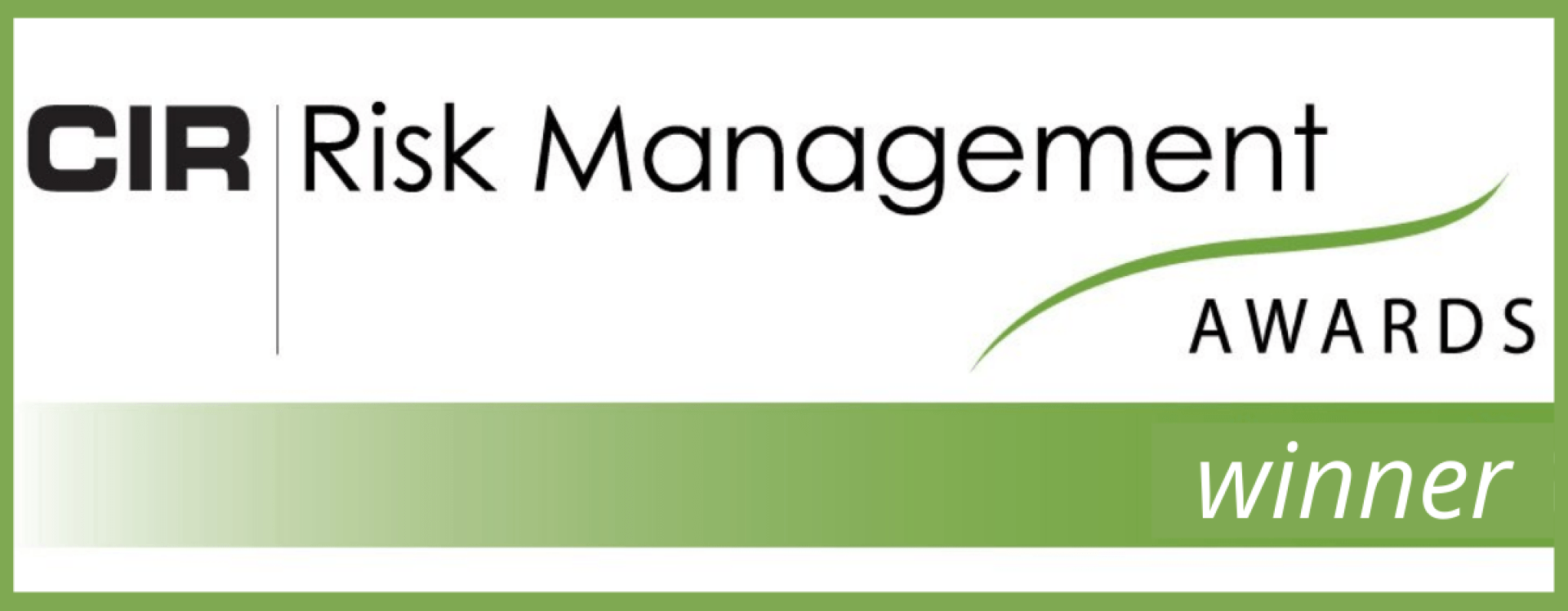Start to Prepare for the Protect Duty
The new legislation is expected in or before 2023, but what does it mean for organisations?
What is the Protect Duty?
The Protect Duty also known as Martyn’s Law, named after one of the victims of the Manchester Arena bombing, Martyn Hett, will be a new legislation that looks at an organisations or venues preparedness for terrorist attacks.
A public consultation on the Protect Duty was completed in 2021 www.gov.uk/government/consultations/protect-duty and the legislation is now expected to be presented either later this year or early 2023.
What the Protect Duty means organisations?
There are three main areas it will apply to:
1. Public venues (eg. entertainment and sports venues, tourist attractions, shopping centres with a capacity of 100 persons or more)
2. Large organisations (eg. retail or entertainment chains employing 250 staff or more that operate at publicly accessible locations)
3. Public spaces (eg. public parks, beaches, thoroughfares, bridges, town/city squares and pedestrianised areas). This includes event organisers using these spaces.
How the proposed Protect Duty affects you or your business/organisation?
The Government considers that the owners and operators of public venues and large organisations should be required to:
1. Use available information and guidance provided by the Government and the police and to engage with freely available counter-terrorism advice and training
- To conduct vulnerability assessments of operating places and spaces
- To mitigate the risks created by these vulnerabilities
4. Develop a robust plan on how to deal with or act as a result of a terrorist attack; consider and implement ‘reasonably practicable’ protective security and organisational preparedness measures - developing a strategy that ensures you have assessed your site and its use, including suitable mitigation measures to protect staff, as well as staff training, and plans for how to react in the event of an attack.
For smaller organisations and venues, this would involve simple low-cost preparedness measures, such as ensuring that:
1. Staff are trained and aware of threats, likely attack methods and how to respond
2. Staff are trained to identify the signs of hostile reconnaissance and to take appropriate action
3. The organisation’s response to different attack types is regularly updated and exercised.
What should security professionals be addressing now?
In this period ahead of the introduction of the new legislation, it is an ideal opportunity for security professionals to take a step back and re-visit their organisation’s existing security measures from both a strategic and operational perspective.
- Security Risk and Threat Assessments: The legislation will require businesses to maintain live and engaged risk and threat assessments to manage all locations and events. An example would be a conference centre that would invite and host a range of businesses, speakers and organisations that could attract a terrorist threat.
- Responsible Qualified Persons: There is no clear definition or insight at this time as to who the ‘responsible qualified person’ might be. However, within the framework, we could assume that this person will have the required training for the role and, therefore, likely to be an external supplier. If this is the case, it puts in focus the need for businesses and organisations to begin their preparations now.
- Accredited Training and Qualifications: Since 2001, the UK security sector (primarily in terms of guarding; door supervision; and CCTV operation) has been regulated by law through the Private Security Industry Act, although licensing (which is overseen by the Security Industry Authority) has not yet encompassed professional security advisers, such as consultants. The advent of the Protect Duty legislation will however alter the landscape as it is likely to include reference to suitably qualified persons which will be determined once the legislation is in law.
No organisation whatever sector or size can afford to ignore the implications that the Protect Duty will bring, contact Peregrine Risk Management on enquries@peregrine-rm.com or call +44 (0) 1568 607 000 to discuss your requirements.



















